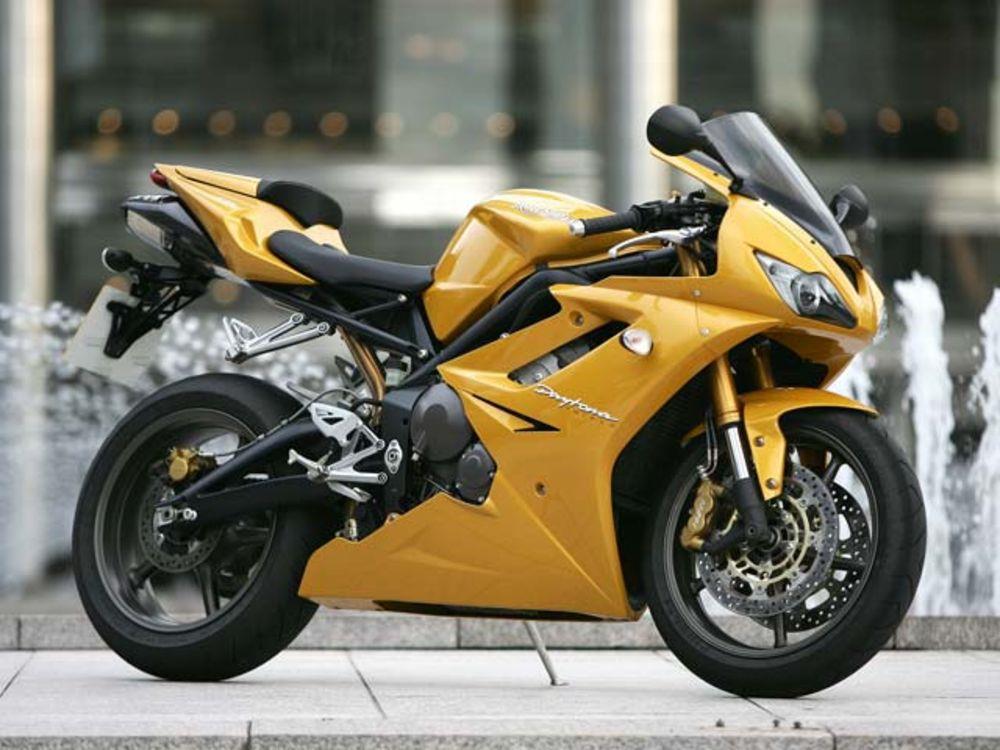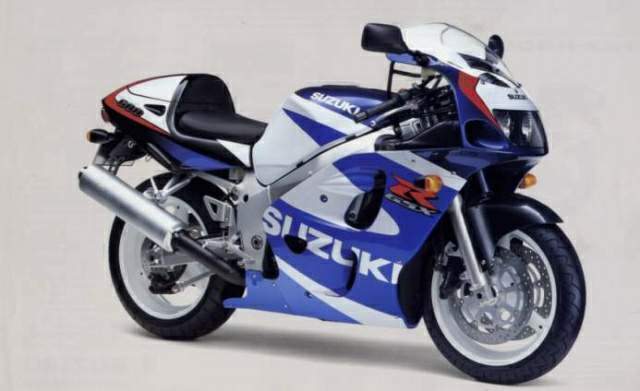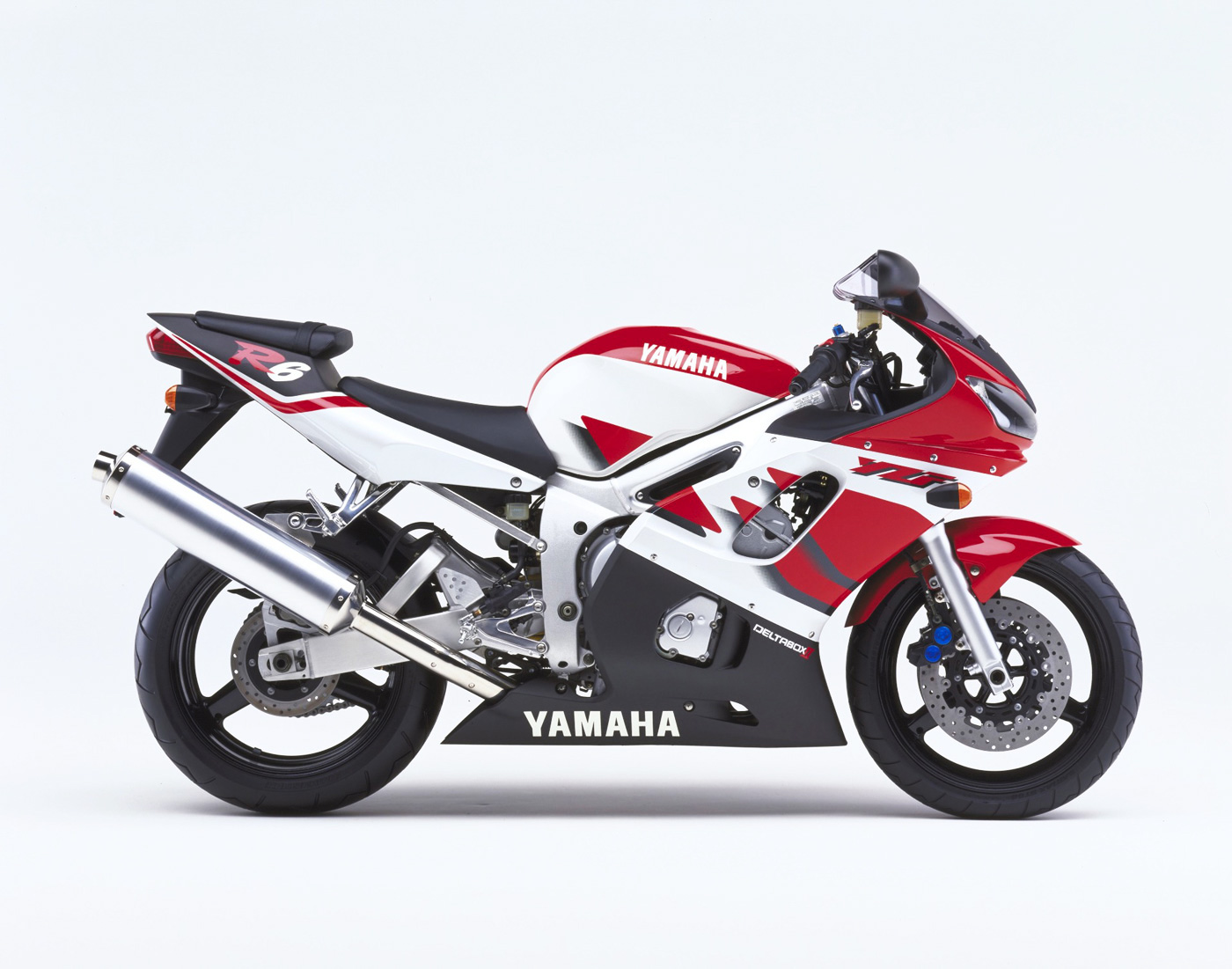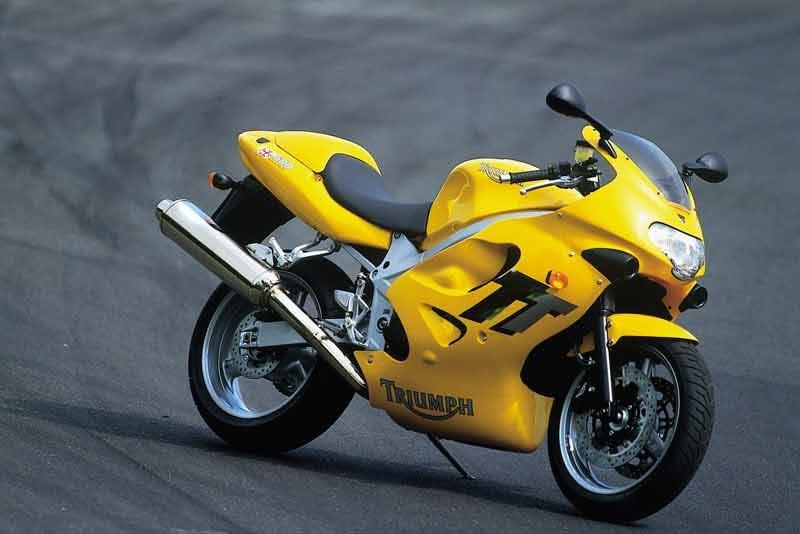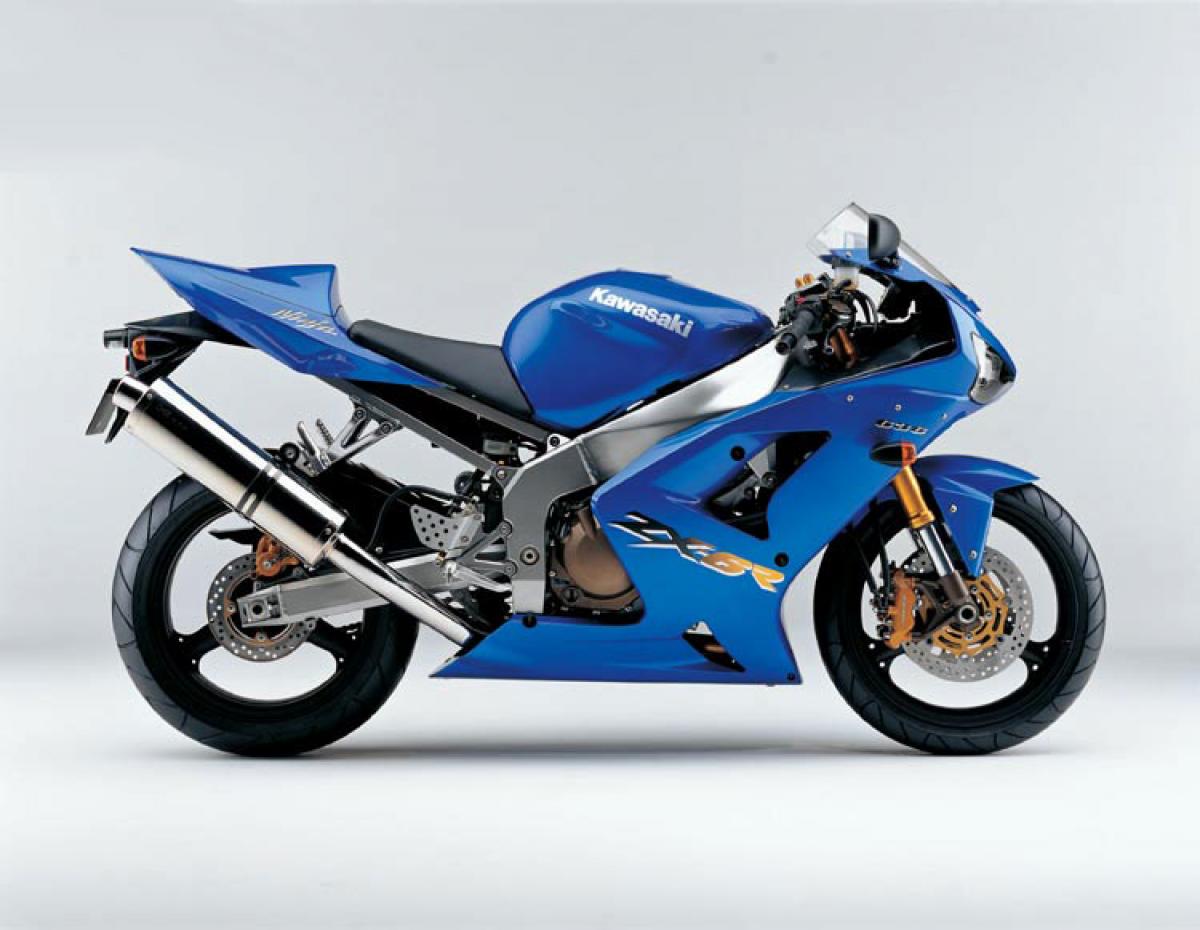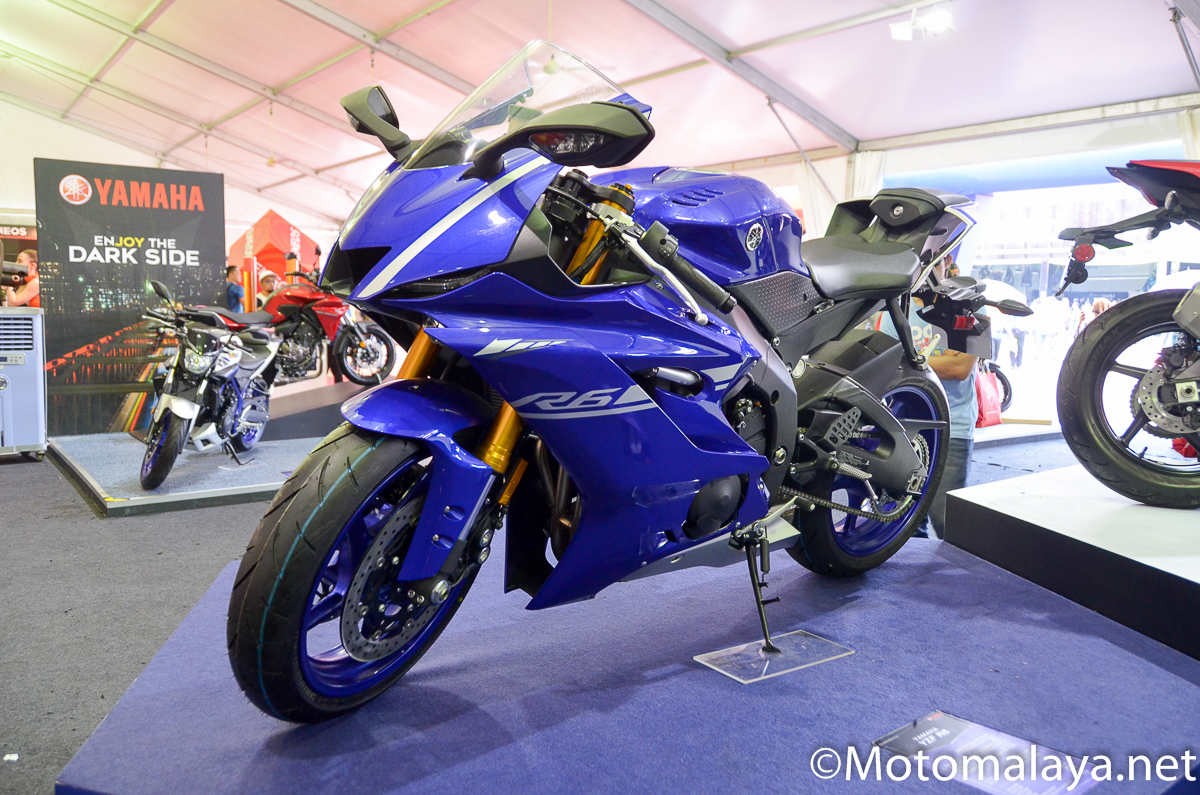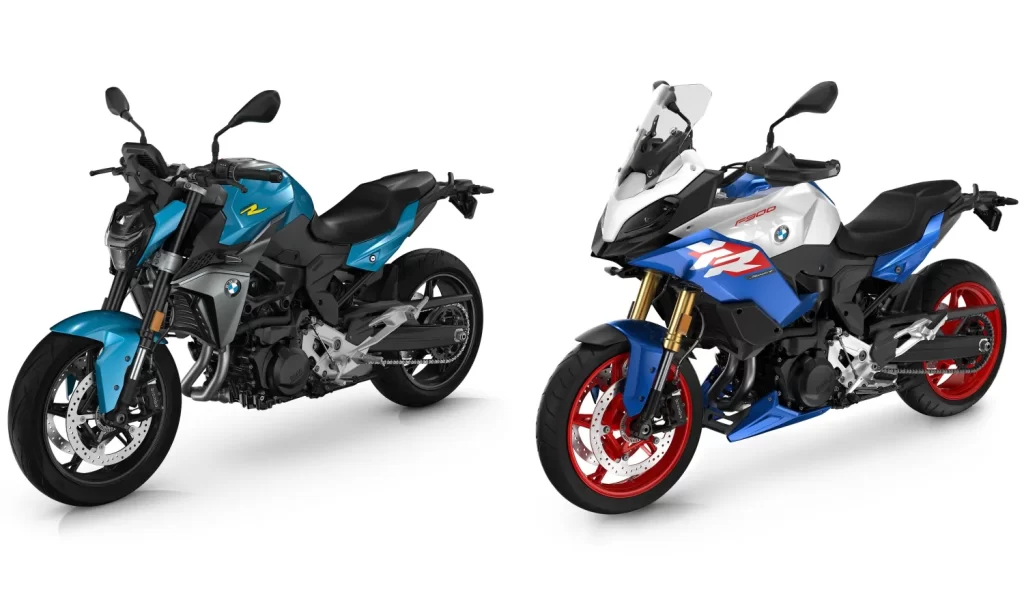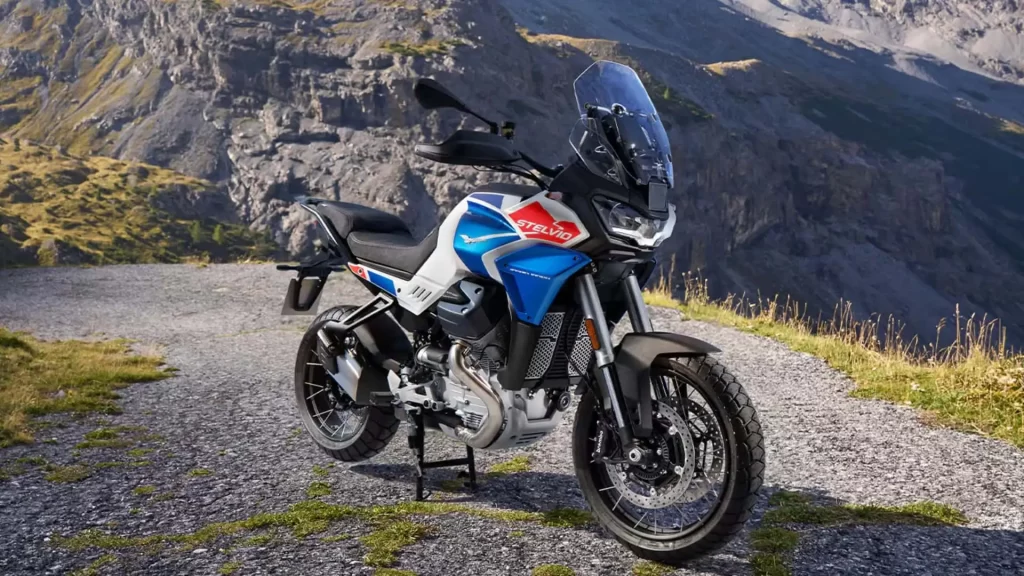-
600cc supersport bikes were once developed on par with their bigger counterparts.
-
It was the most popular class and outsold the bigger bikes.
-
The class has been in decline but why?
We looked at the genesis of the 600cc supersport models in Part 1, so let’s take a look at more of the groundbreaking models in this part.
As we mentioned earlier, the class became a hotbed for sales across the world as riders sought bikes that are not only cost less to buy, they cost less to insure, too. Besides that, 600cc bikes were getting pretty fast but were still relatively easier to ride than their 750cc and 1100cc counterparts. The category should have seen ongoing developing and good sales, but something happened along the way to cause its decline.
Kawasaki Ninja ZX-6R (1995)
Sure, the ZZ-R600 was fast and handled reasonably well, but there’ no getting away from its sport-touring platform. No one is going to race that and win.
So, Kawasaki chucked out that format and returned to with a sporty 600 in 1995. With a bodywork based on the Ninja ZX-9R, the ZX-6R had ram air intake too, which upped engine power to 101 hp. That made it the first production 600 to go above the “ton.” It went faster too, hitting 262 km/h.
Now the power wars were on.
Suzuki GSX-R600 SRAD (1997)
Suzuki finally got on the ball and released the GSX-R600 a year after the groundbreaking GSX-R750T. The smaller Gixxer was based almost thoroughly on the 750, albeit with a sleeved-down engine, adjustable but conventional telescopic shocks and 4-piston front brake calipers. But it did have Suzuki Ram Air Direct (SRAD).
It was a manic bike on the road, suited to twisty roads that’ll have bigger bike riders holding back on the throttle.
Yamaha YZF-R6 (1999)
The class is going to get even hotter. Yamaha finally fought back with the sublime YZF-R6, a year after launching the YZF-R1. However, the R6 didn’t share any parts with the R1 except for a compact, light and agile concept.
As per the R1, the R6 received a “stacked” transmission. It shortened the engine and provided the bike with a short wheelbase (shorter than the FZR400RR). That allowed engineers to move the fuel tank backwards and consequently the handlebars toward the rider. It was the beginning of mass centralisation.
The manic inline-Four spun to 13,000 RPM and put out 120 hp. Since it was also light, it accelerated faster and had a 265 km/h top speed.
Triumph TT600 (2000)
Triumph decided to get into the middleweight market too, since it was thriving. It was a brave decision since the new Triumph had to contend with what the Japanese had done for many decades.
So, the Hinckley manufacturer gave the TT600 the best components such as an aluminium frame, fuel-injection, forged pistons, fully-adjustable suspension and top-of-the-line Nissin brakes.
It handled really well, as a result but the engine was blighted by spotty fuel injection programming.
Kawasaki Ninja ZX-6R/ZX-636 (2003)
With the everyone in the class now fighting tooth and nail, Kawasaki decided to up the power of their ZX-6R. Not in the conventional term, instead by upping engine capacity to 636cc. This “cheater” engine was for the road, while the manufacturer offered a 600cc machine for racing (like how what Ducati is doing currently with the Panigale V4).
It may have been a 636, but it was as close to an engine tuning gone mad. This is why the engine is a favourite among stunt riders (including one Aaron Twight).
Triumph Daytona 675 (2005)
Triumph wasn’t going to give up and 2005 saw the much-loved Daytona 675. Again, they held nothing back in terms of chassis components but the engine also saw it being changed to a triple. The three-cylinder engine has natural primary and secondary balance, besides having the right amount of torque and top-end horsepower. The 675cc is based on the extra capacity allowance for three-cylinder bikes in racing.
Years of development saw the engine grow to the current 765cc, which also powers the Moto2 grid.
The bike and its later variants were the best-handling 600 supersport. Period.
It had to end…
Suddenly, the 600s were gone. Much of it was due to riders moving on to sport-touring and dual-sport motorcycles. Sportbikes, whether 600cc, 750cc or 1000cc were suddenly spurned as riders seek something more practical to fit a whole variety of uses and roads.
Currently, there are only the Kawasaki Ninja ZX-6R, Suzuki GSX-R600 and Yamaha YZF-R6 soldering on as pure 600cc supersport bikes. However, only Kawasaki and Yamaha are really pushing the development on their bikes. Hang on, though, Aprilia is about to launch their RS660.
There are bikes in the 600cc class at the moment, such as the Honda CBR650R, Kawasaki Ninja 650 but these aren’t true supersport bikes. Still, they’re much more practical at the price of all-out performance.
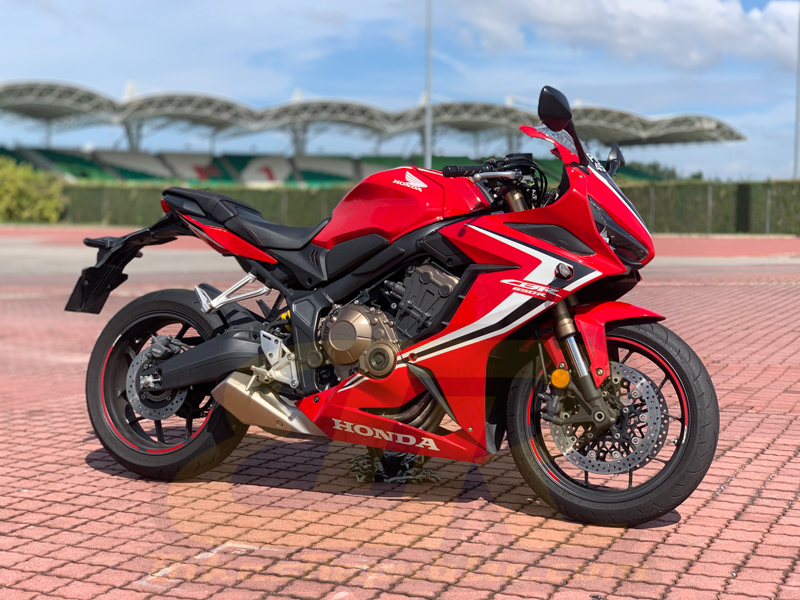
Will the 600cc supersport class ever see a resurgence? We do hope so.

